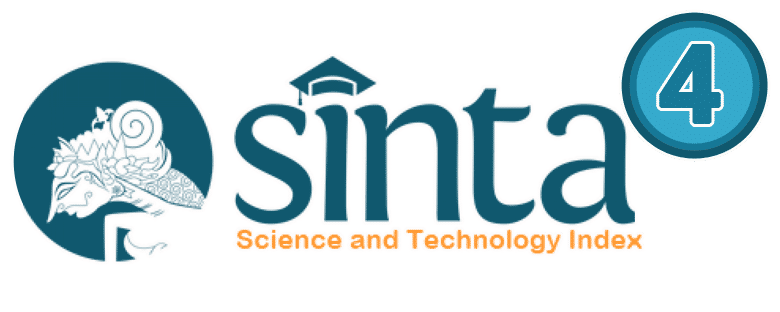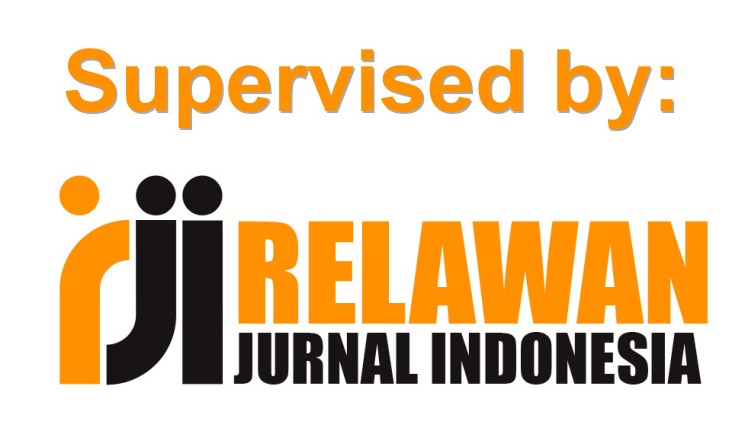GONDANG BOROGONG DI UJUNG BATU ROKAN HULU RIAU
DOI:
https://doi.org/10.24114/grenek.v1i1.846Abstract
Musik tradisional gondang borogong di Ujung Batu Kabupaten Rokan Hulu Riau mulai ada pada Tahun 1937 yang dahulunya alat musik ini terbuat dari kayu yang diberi nama Gambang, kemudian seiring perkembangan jaman bentuk dan bahan dasar gondang barogong berubah. Bentuk alat musik tradisional gondang borogong ini yaitu berupa celempong 6 buah, gondang 2 buah dan gong 1 buah. Fungsi dan makna musik tradisional gondang borogong adalah untuk menyambut tamu kebesaran serta adat lainnya sedangkan maknanya sebagai identitas budaya setempat dan juga sebagai simbol budaya bagi masyarakat Rokan Hulu. Teknik dan bentuk komposisi musik tradisional gondang borogong tidak dituliskan dalam bentuk komposisi notasi balok maupun not angka. Komposisi gondang borogong ini dimainkan berdasarkan cara-cara tradisional, seperti diajarkan secara langsung dengan menghapal bunyi yang akan dimainkan..Downloads
Published
2012-04-01
Issue
Section
Grenek Music Journal
License
Copyright (c) 2012 Ratih Sukat Mini Ratih Sukat Mini

This work is licensed under a Creative Commons Attribution-ShareAlike 4.0 International License.
Authors published with the Grenek: Jurnal Seni Musik agree to the following terms:
- Authors retain copyright and grant the journal the right of first publication with the work simultaneously licensed under a Creative Commons Attribution License (CC BY-SA 4.0) that allows others to share the work with an acknowledgment of the work's authorship and initial publication in this journal.
- Authors are able to enter into separate, additional contractual arrangements for the non-exclusive distribution of the journal's published version of the work (e.g., post it to an institutional repository or publish it in a book), with an acknowledgment of its initial publication in this journal.
- Authors are permitted and encouraged to post their work online (e.g., in institutional repositories or on their website) prior to and during the submission process, as it can lead to productive exchanges, as well as earlier and greater citation of published work. (See The Effect of Open Access)







